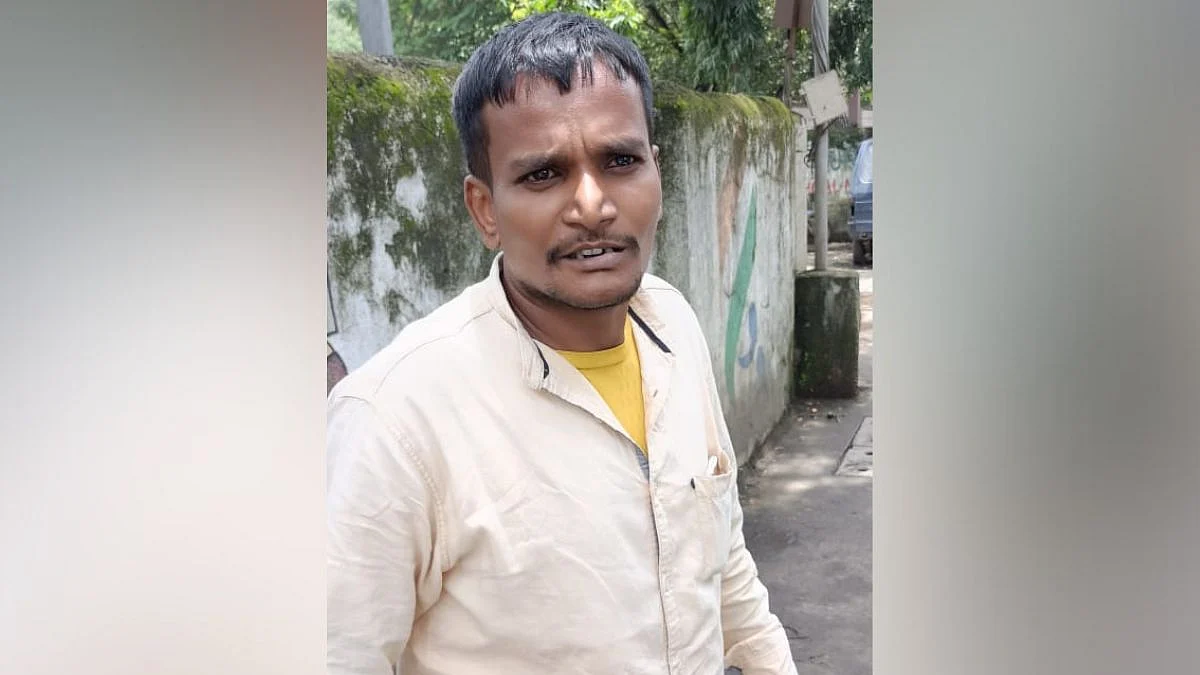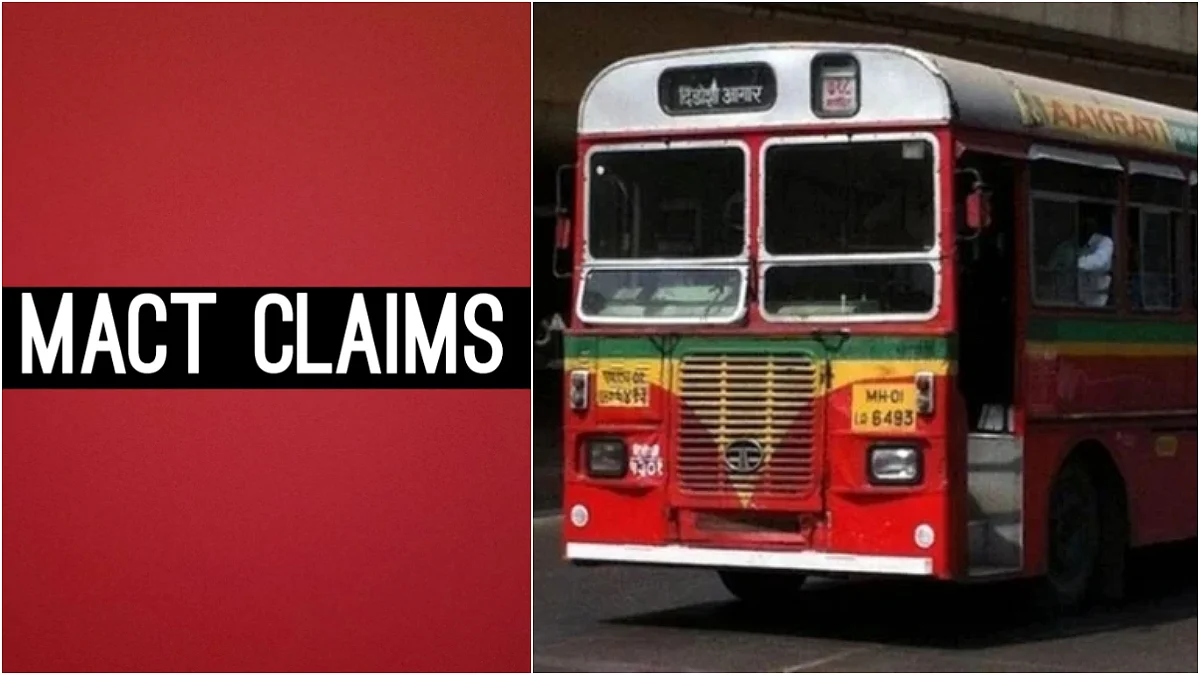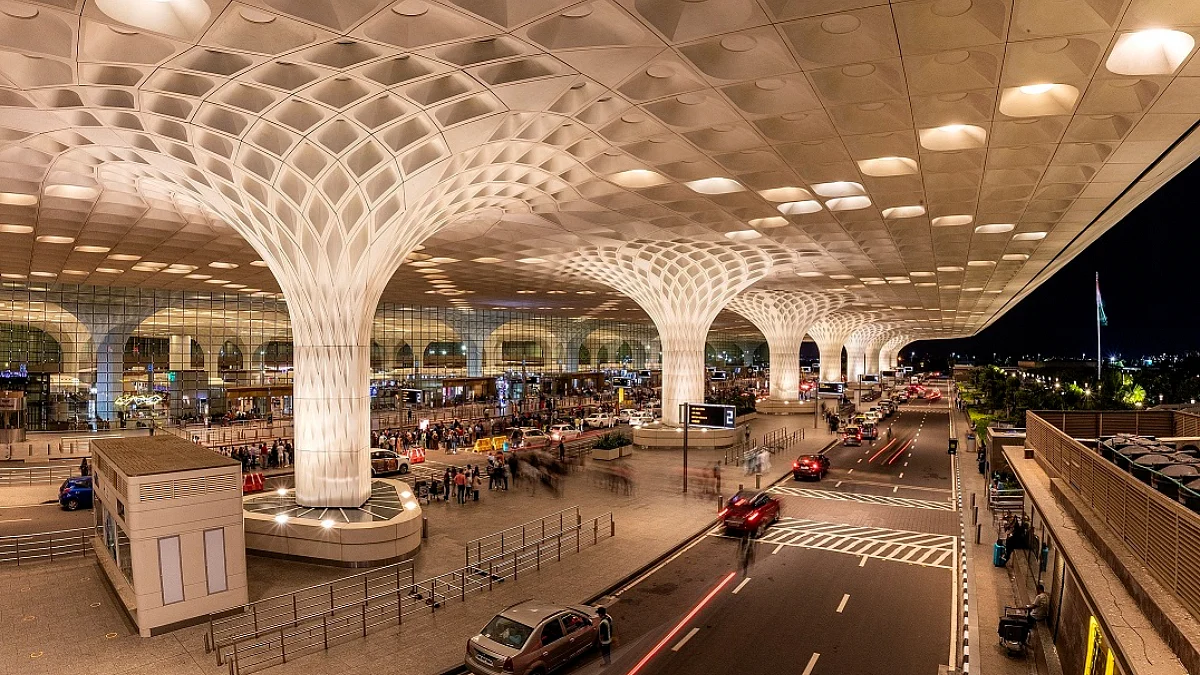Mumbai: There is decrease in the number of incidents reported of unnatural deaths in Mumbai Suburban Railway network during the year 2024 as compared to 2023.
Unnatural Deaths at Stations and Tracks Show Mixed Trends
As per information received from GRP, 1764, 1880 & 1692 incidents of unnatural deaths in block sections and 662, 656 & 781 incidents of unnatural deaths at stations have been registered in the year 2022, 2023 & 2024 respectively.
These figure include the deaths due to falling from trains, trespassing (crossing track unauthorisedly), and various other reasons such as Pole hitting etc.
‘Police’ and ‘Public Order’ are State subjects under the Seventh Schedule to the Constitution of India and therefore, State Governments are responsible for prevention, detection, registration, and investigation of crime and maintenance of law and order on Railways through their law enforcement agencies viz. Government Railway Police (GRP)/District Police.
The cases of unnatural death are registered by GRP/District Police and investigated. Railway Protection Force (RPF) supplements the efforts of GRP/ District Police to provide better protection and security to railway property, passenger area and passengers and for matters connected therewith
Introduction of AC Local Trains with Automatic Doors Improves Passenger Safety
According to Indian Railway, The introduction of AC local trains equipped with automatic doors in Mumbai has been a welcome initiative to enhance commuters’ safety and reduce incidents related to overcrowding. The automatic doors prevent passengers from hanging on footboards or boarding moving trains which is a major cause of fatal accidents.
These doors remain closed while the train is in motion and open only at stations when the train is stationary, thereby significantly reducing the risk of falls.
To improve the infrastructure in Mumbai suburban railway services, several projects of thousands crores are already sanctioned. Out of this some of the project near to completion.
Railway Modernisation Projects and Awareness Campaigns Underway
Apart from that several other steps are also being taken for commuters safety in Mumbai Suburban Railway network. Railways conduct various awareness and sensitization campaigns using social media, digital, and print media to caution passengers against unsafe practices.
Frequent announcements are made at stations through loudhailers and public address systems, warning against crossing tracks, boarding moving trains and travelling on footboards. Short passenger awareness videos are displayed on the Rail Display Network at stations.
Flex boards in Hindi and Marathi have been installed at vulnerable trespassing points to caution the public. Railway Protection Force (RPF) staff are deployed at such locations to prevent trespassing and legal action is taken against those travelling on train rooftops, footboards or other restricted areas.
Amrit Bharat Station Scheme to Transform Passenger Amenities
Ministry of Railways has launched Amrit Bharat Station Scheme. It envisages development of stations on a continuous basis with a long-term approach. It involves preparation of master plans and their implementation in phases to improve the amenities at the stations like improvement of station access, circulating areas, waiting halls, toilets, lift/escalators as necessary, platform surfacing and cover over platform, cleanliness, free Wi-Fi, kiosks for local products through schemes like ‘One Station One Product’, better passenger information systems, executive lounges, nominated spaces for business meetings, landscaping, etc. keeping in view the necessity at each station.
The scheme also envisages improvement of building, integrating the station with both sides of the city, multimodal integration, amenities for Divyangjans, sustainable and environment friendly solutions, provision of ballastless tracks, etc. as per necessity, phasing and feasibility and creation of city centre at the station in the long term.
So far, 1337 stations including 132 stations in the state of Maharashtra have been identified for development under this scheme.
Decline in Train Accidents and Enhanced Technology Adoption
Safety is accorded the highest priority on Indian Railways. As a consequence of various safety measures taken over the years, there has been a steep decline in the number of accidents. Consequential Train Accidents have reduced from 135 in 2014-15 to 31 in 2024-25 as shown in the graph below.
It may be noted that the Consequential Train Accidents during the period 2004-14 was 1711 (average 171 per annum), which has declined to 31 in 2024-25 and further to 3 in 2025-26 (upto June).
Another important index showing improved safety in train operations is Accidents Per Million Train Kilometer (APMTKM) which has reduced from 0.11 in 2014-15 to 0.03 in 2024-25, indicating an improvement of approx. 73% during the said period.
As of June 2025, Indian Railways has implemented comprehensive safety and modernization measures to improve train operations and passenger safety. Over 6,600 stations have been equipped with Electrical/Electronic Interlocking Systems for centralized control of points and signals, reducing accidents caused by human error.
Additionally, 11,096 level crossing gates are interlocked to enhance safety at these vulnerable points, while complete track circuiting has been implemented at 6,640 stations to monitor track occupancy electronically.
The advanced “Kavach” Automatic Train Protection system, adopted nationally in 2020, is being progressively deployed, covering significant routes including South Central and North Central Railways, with ongoing expansion on major corridors such as Delhi-Mumbai and Delhi-Howrah. It was successfully commissioned on the Kota–Mathura section in July 2025.
Track safety is reinforced through the use of modern track components such as high-strength rails, prestressed concrete sleepers, and advanced fastening systems. Mechanization of track laying with specialized machines reduces human errors. The supply of longer rail panels minimizes joint welding, and ultrasonic flaw detection ensures timely removal of defective rails. Improved welding technologies like flash butt welding are preferred over traditional methods.
Safety devices such as Vigilance Control Devices on all locomotives, retro-reflective boards on signal masts, and GPS-based Fog Safety Devices for distance awareness in foggy conditions enhance crew alertness and operational safety. Regular track geometry monitoring and patrolling help detect and address rail fractures.
Infrastructure safety extends to the replacement of conventional ICF coaches with safer LHB coaches and the elimination of all unmanned level crossings on broad gauge routes by early 2019. Bridge safety is ensured through routine inspections and timely repairs. Fire safety measures include statutory fire notices, passenger education posters, and progressive installation of fire detection and suppression systems in coaches.
Also Watch:
Detailed protocols and instructions for signalling, track maintenance, monsoon precautions, and worksite safety are regularly issued. Staff undergo continuous training and counselling, and the “Rolling Block” concept introduced recently allows for planned, integrated maintenance over extended periods, enhancing operational reliability recently.
This information was provided by Union Minister Of Railways, Information & Broadcasting And Electronics & Information Technology Ashwini Vaishnaw in reply to an unstarred question in the Rajya Sabha.
.jpg?width=1200)







